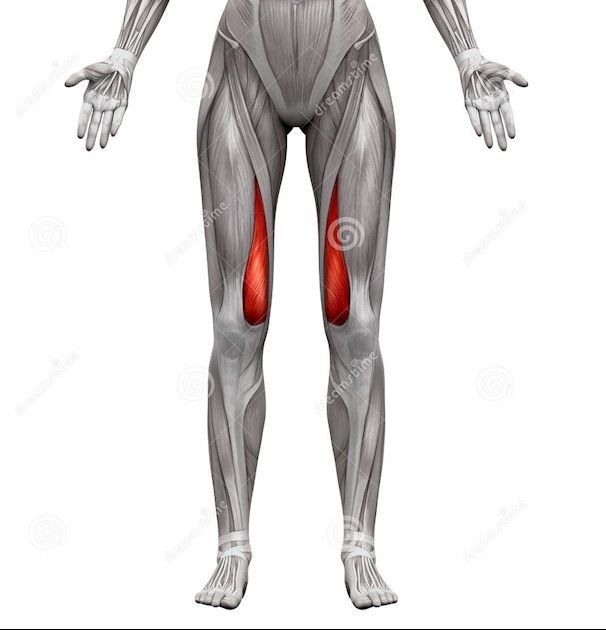I noticed there have been quite a few posts here by people having back problems. Of course back problems are commonplace. Be that as it may, I have had troublesome stiffness in my lower back for some months, and I have been wondering why. I realized (yo duh) this is because I am bending forward at my waist. I figure it is not like I am the only Parkinson's patient to have done this. Sure enough, the medical community has taken notice. For example:
onlinelibrary.wiley.com/doi...
"Camptocormia is characterized by severe forward flexion of the thoracolumbar spine which increases while walking and disappears in the recumbent position. ...We describe for the first time eight patients with presumed idiopathic Parkinson's disease ... who developed camptocormia." So far so good, but it continues:
"The pathogenesis of this phenomenon is unknown but might represent either a rare type of dystonia or an extreme form of rigidity."
Heh. I wonder if they thought to ask the patients. I know that in my case I do this in response to difficulty moving my legs forward. Bending forward seems to help a bit, but not worth it at the cost of incurring back problems! So now I make a deliberate conscious effort to stand straight up when I walk. It seems to be slower that way but so be it.
The other issue initially seemed to be a knee problem on the unaffected leg. But when I poked and probed and felt around it became clear what was hurting were the insertions of the vastus medialis muscle around the inner (medial) side of my knee. It also became clear that the entire muscle was sore and unhappy. That is the area shown in red on the illustration. This was particularly apparent out hiking when moving the affected leg forward. I was not swinging my arm on the affected side, and experimented with deliberately swinging it. Lo and behold the affected leg moves forward a lot more easily when swinging the arm on that side backward! Conservation of momentum. My muscle on the unaffected side had become unhappy due to bearing an unaccustomed load. So now I make it a point to deliberately swing that arm.
